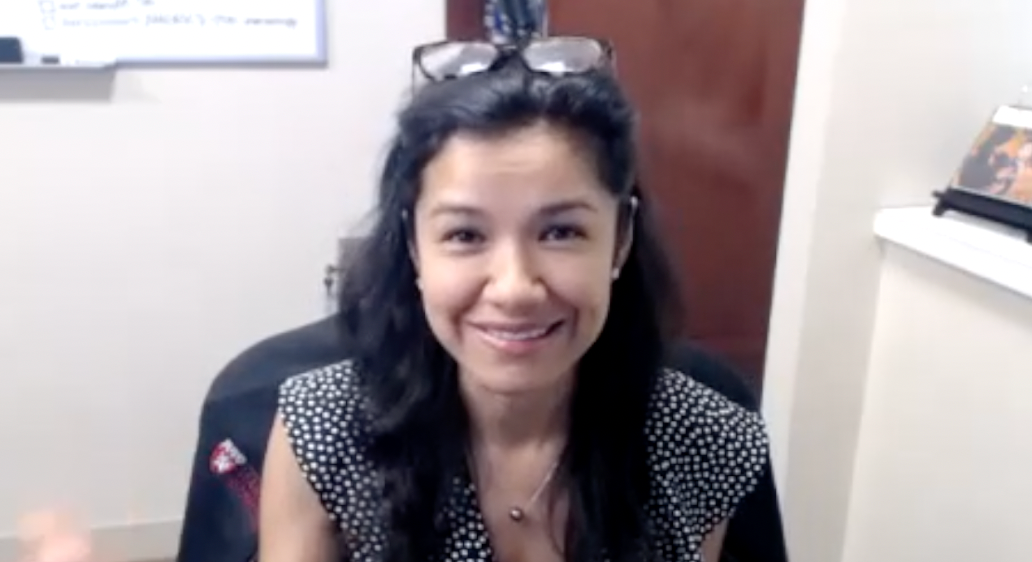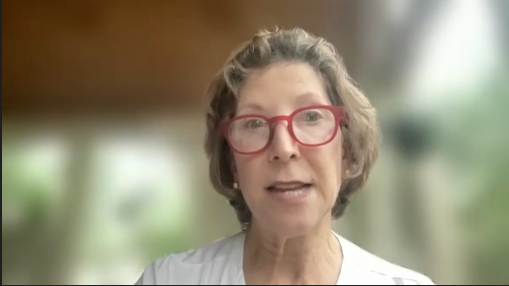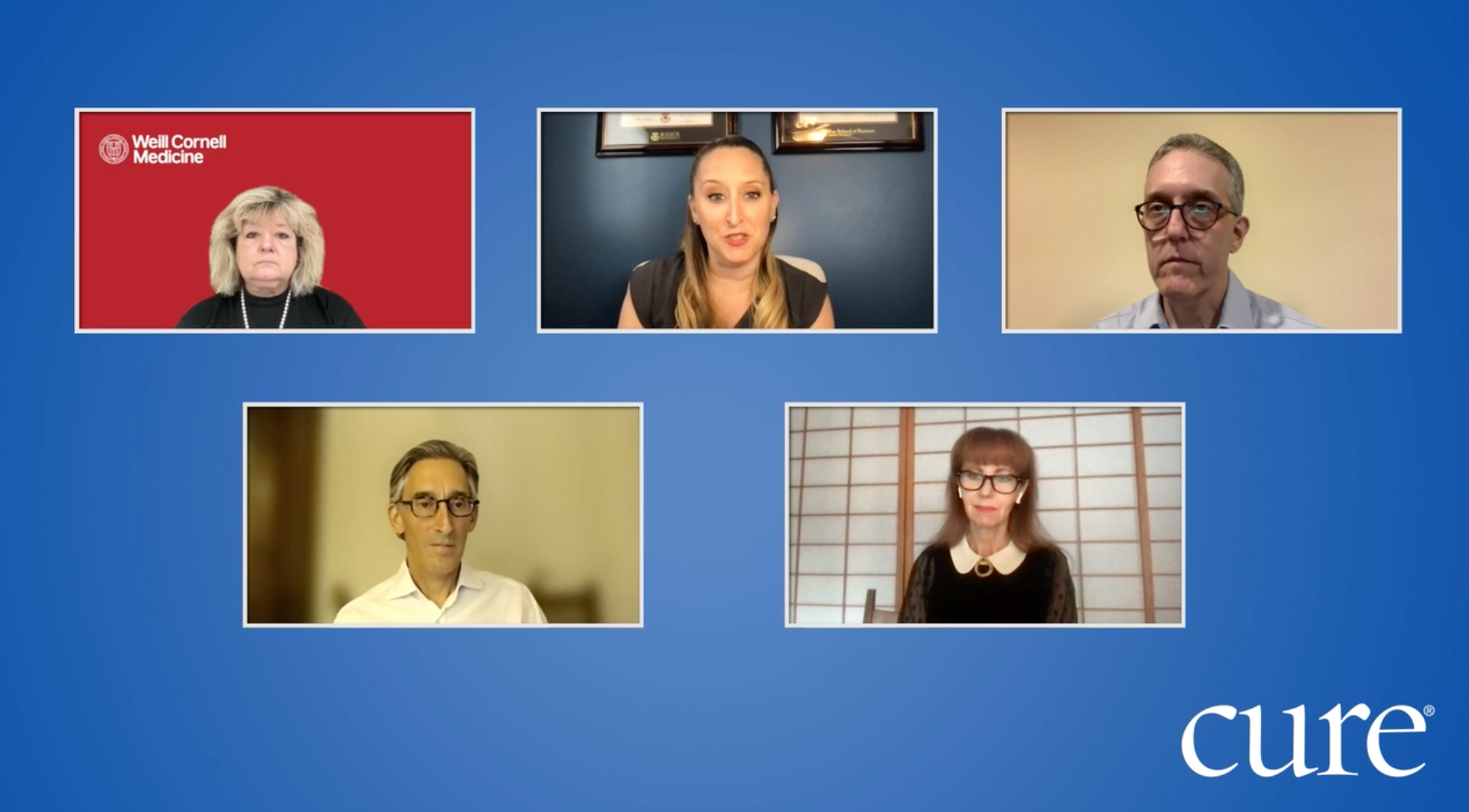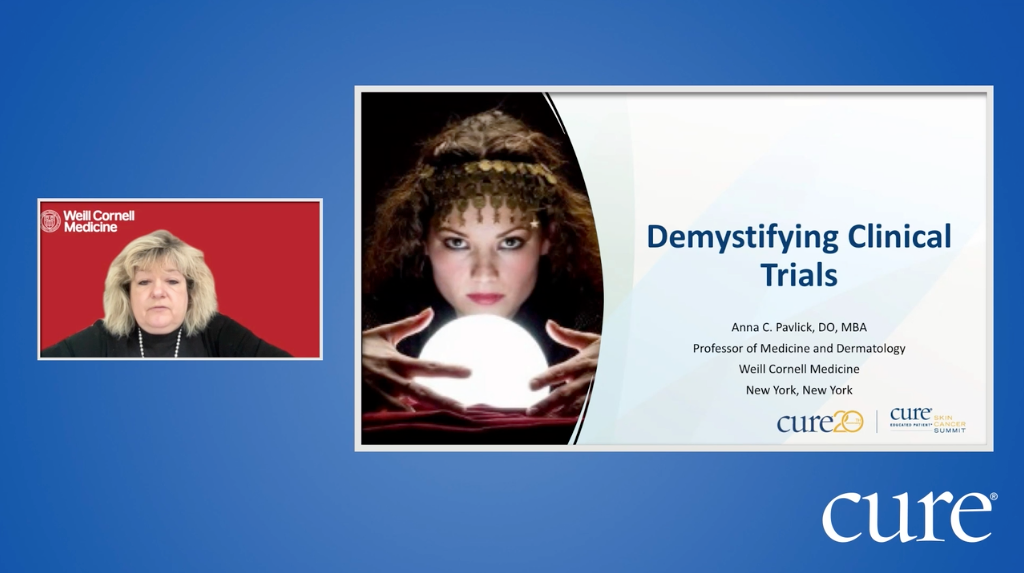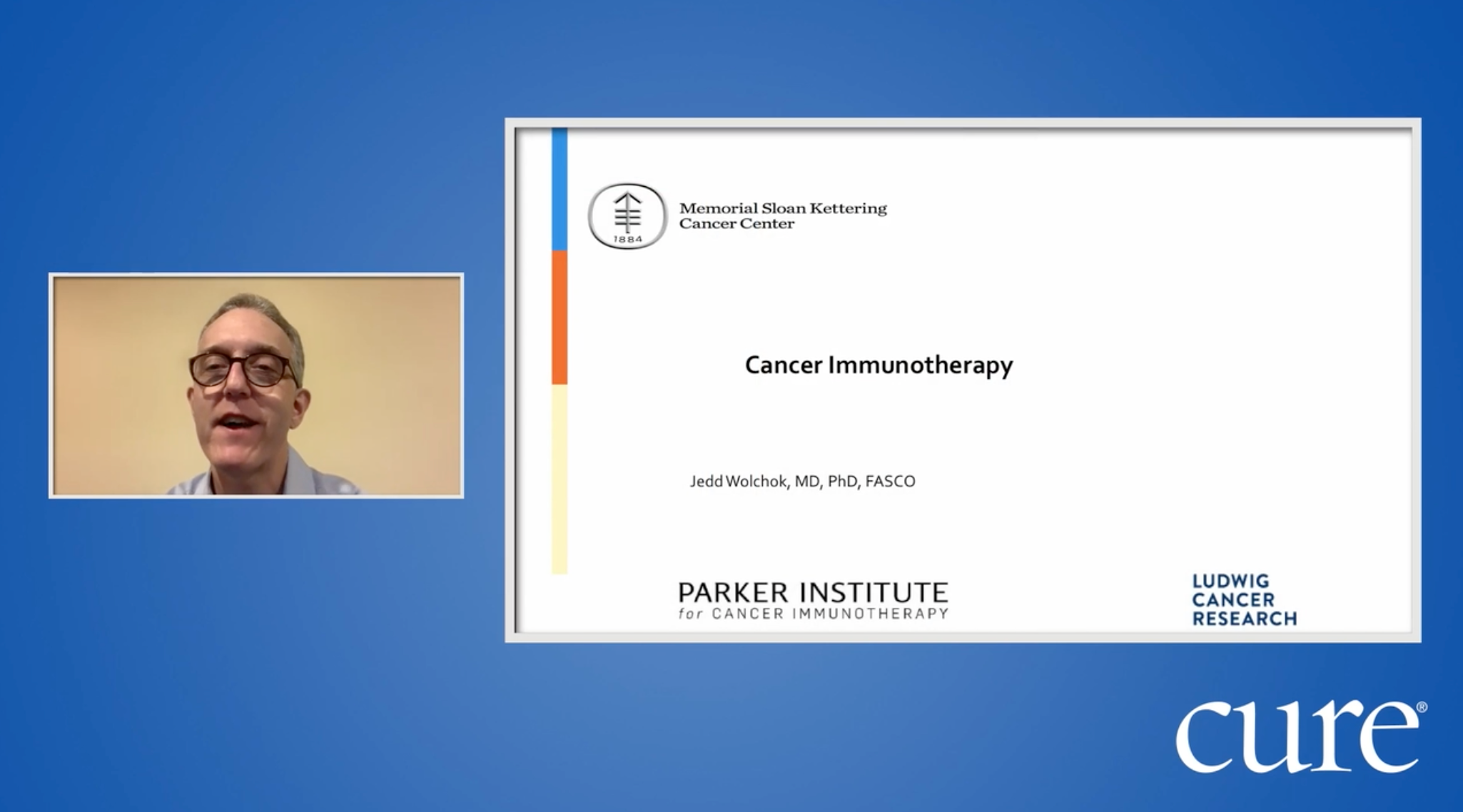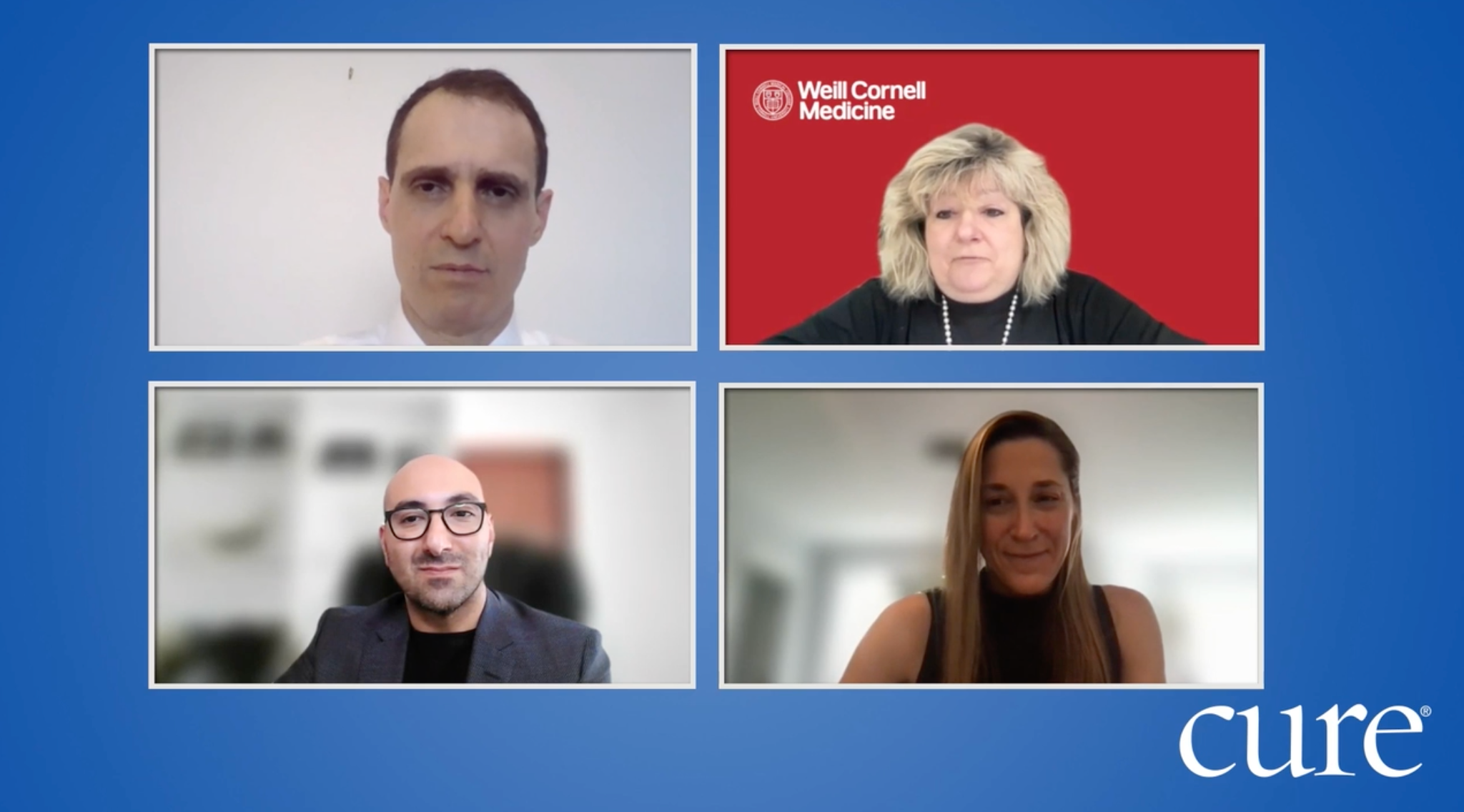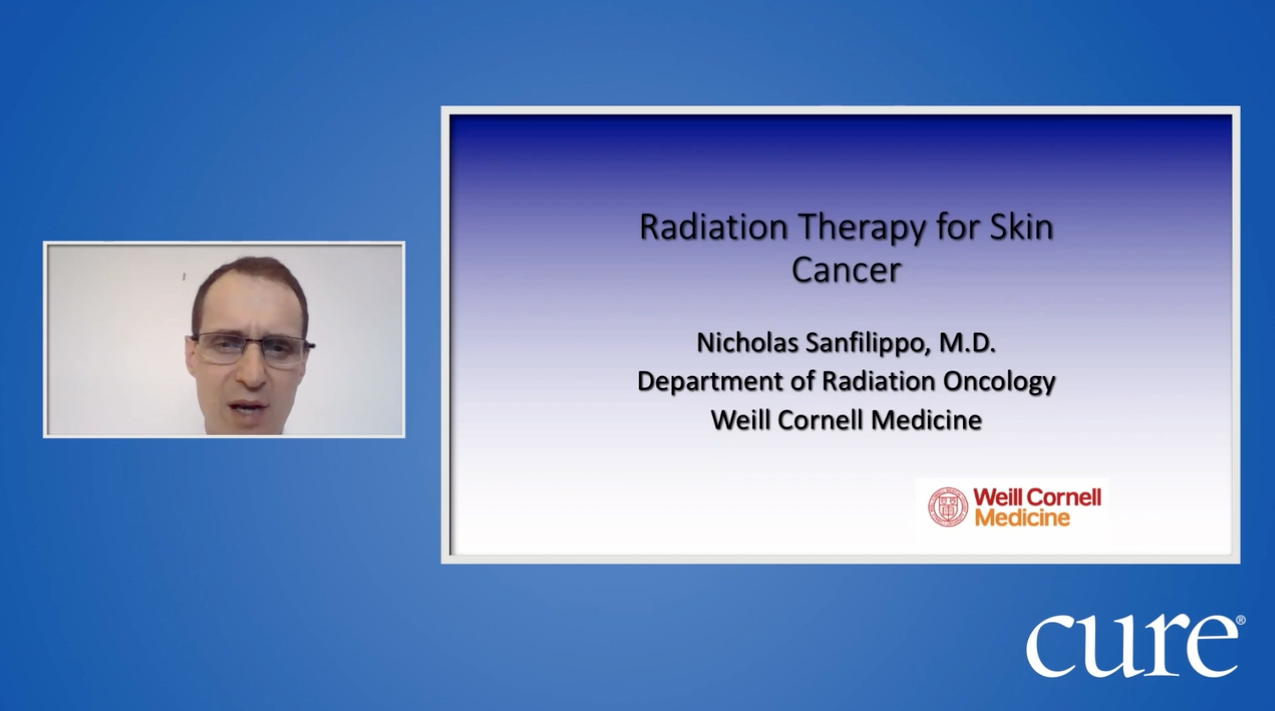Article
Hairdressers Could be Key in Identifying Scalp and Neck Melanomas
Author(s):
A group of researchers are working to determine whether more of these melanomas would be detected, and diagnosed earlier, if hairdressers were taught to recognize them.
Half of melanomas are not found by the people who develop them, and that’s often because the abnormalities are in places the patients can’t see — their scalps or necks.
A group of researchers are working to determine whether more of these melanomas would be detected, and diagnosed earlier, if hairdressers were taught to recognize them.
The researchers from the universities of Southern California and Colorado explored the idea in 2015 by showing hairdressers a five-minute video that provided training in the identification of scalp and neck melanomas. One hundred student hairdressers at 20 beauty schools in Los Angeles County viewed the video and filled out questionnaires both before and after watching.
The team had help in recruiting the participants from Eyes on Cancer, a nonprofit organization whose mission is to advance the prevention and early detection of cancer through education in the beauty industry. It plans to train 20,000 beauty professionals by 2020.
The hairdressers selected for the study were nearly all women, at a median age of 26. Of the 100 participants, 79 said they had been taught about skin cancer in cosmetology school, but 81 noted that they were rarely asked by any clients to check for it.
After seeing the video, the hairdressers’ ability to identify atypical nevi and melanoma rose from 59 to 71 percent, the authors reported in a Dec. 6 online research letter in JAMA Dermatology. The hairdressers also reported a jump in their confidence about being able to identify melanoma, with 19 percent saying they were “very confident” before watching the video, and 41 percent putting themselves in that category afterwards.
Atypical nevi are benign but unusual-looking moles, and people who have them face a higher risk of melanoma in general. Melanoma is a cancer that develops in the cells that give skin its pigmentation. It is rare compared to basal cell or squamous cell skin cancers, but also more aggressive and dangerous.
“We have previously provided a rationale for the role of hairdressers, a group that makes daily observations of the scalp and neck, in the detection of … melanomas in the general population,” the researchers wrote. “Furthermore, in a previous study, we examined melanoma knowledge in 108 hairdressers from 45 hair salons. Results uncovered room for improvement in knowledge regarding signs and symptoms of melanoma,” and participants expressed a desire to learn more.
The video suggests that hairdressers use the acronym ABCDE to look for melanomas in their clients. Moles are suspicious when they are: asymmetrical (A), have uneven borders (B), are more than one color (C), are larger in diameter (D) than a pencil eraser, and evolve (E) or change over time. Moles that are bleeding, itchy or painful should also be considered suspicious.
The video explains that the study’s lead author, Neda R. Black, M.D., a pathologist at the University of Colorado Anschutz Medical Campus, had a patient whose hairdresser saved his life by informing him that he had a “funny-looking” mole on his scalp. The mole turned out to be melanoma, which was successfully treated.
It goes on to note that, if melanomas are diagnosed at later stages, patients have less than a 10 percent chance of surviving more than five years, even with proper treatment. But catching melanoma early, it states, offers a good chance that patients will end up “cancer-free.”
The video familiarizes hairdressers with the clients most likely to develop melanoma: those with red hair, fair skin, light eyes, freckles, more than 50 moles and/or a family history of the disease. It notes that rates of melanoma are rising more quickly than those of any other cancers within the U.S., and that it is the second most common cancer in people aged 15 to 29 and the most common cancer in those aged 25 to 29. Staying out of the sun, avoiding tanning beds and using sunscreen are the best ways to prevent melanoma, it points out.
When hairdressers spot suspicious moles, it’s important for them to mention it, so that their clients can check with their doctors, the video urges. “You could save their life,” its narrator says.
The researchers described the strategy of training hairdressers to recognize and report melanoma as a “promising avenue for future research.”
“Hairdressers have the ability to monitor a large extent of the general public’s scalp and neck, highlighting their usefulness for the detection of (scalp and neck) melanomas via population-based screening and dermatologic referral,” the researchers wrote in their letter. “Findings from this study suggest that a brief educational video can be beneficial for educating hairdressers about melanoma risk and the ABCDE criteria for atypical nevi and melanoma detection, while also building on self-efficacy skills in skin lesion detection that might carry over to improved screening of those individuals at risk for melanoma.”
The Los Angeles Metropolitan Dermatologic Society provided some of the funding for this study.




